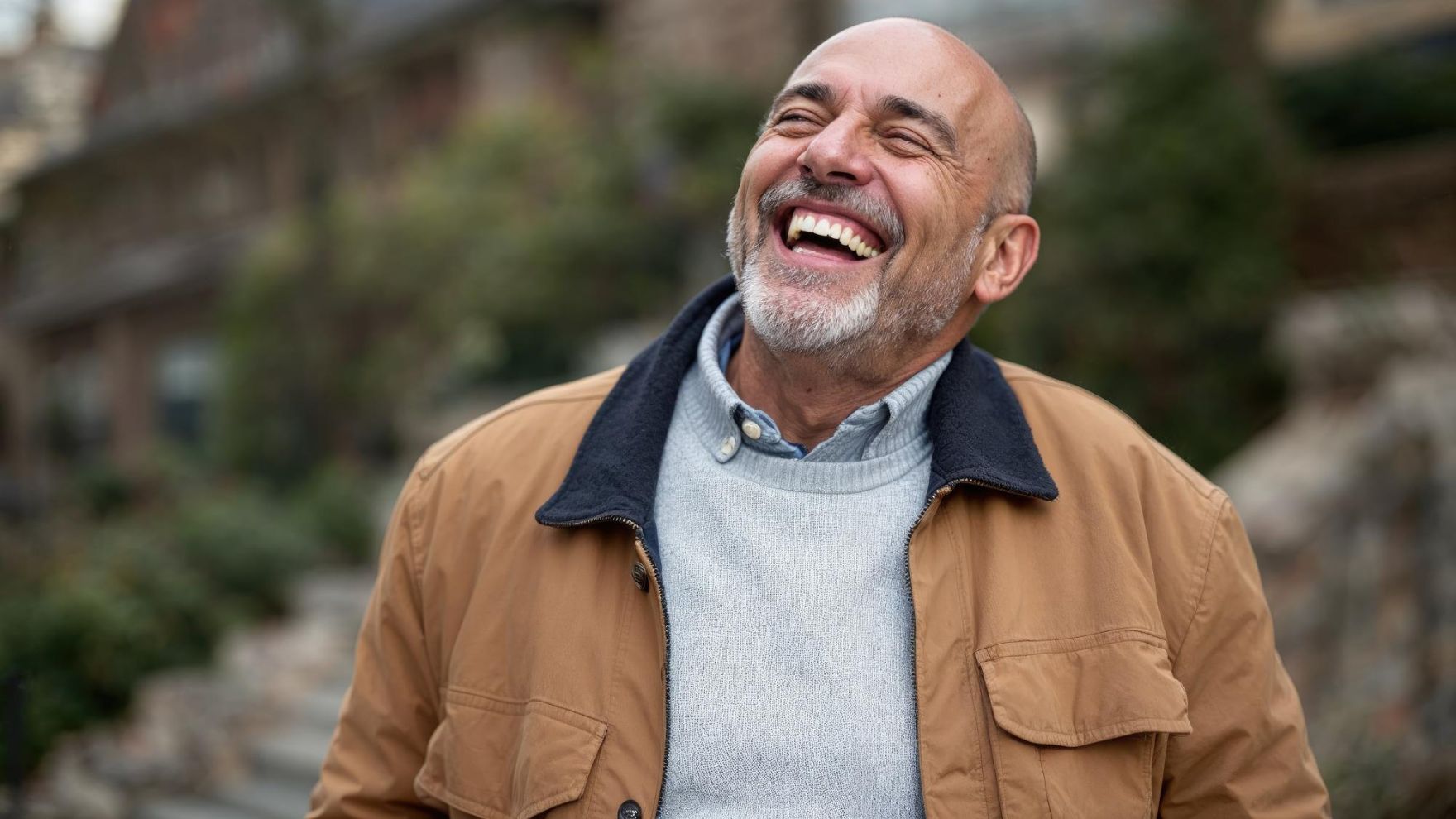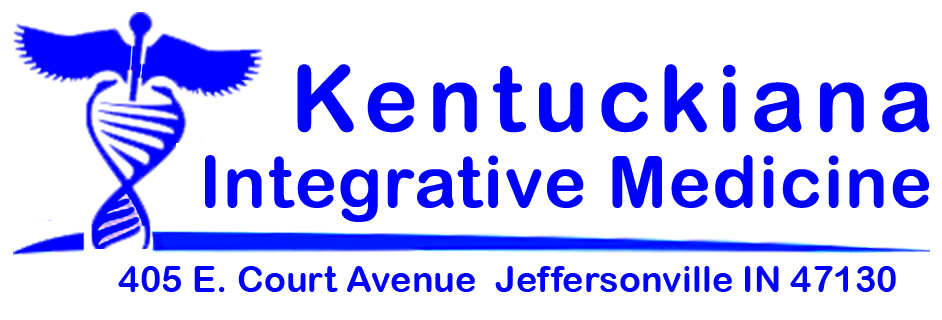Preventing a Second Stroke: Stroke Rehabilitation and Lifestyle Changes That Matter Most

Preventing a second stroke is a critical aspect of post-stroke care, focusing on both stroke rehabilitation and lifestyle changes. The risk of disability and mortality is higher following a recurrent stroke than a first-time stroke, making secondary prevention a priority. Many risk factors for stroke are modifiable and can be improved through lifestyle modification.
Providing thorough, individualized treatment that tackles the underlying reasons for stroke and fosters long-term wellbeing can help patients to lower their risk of a second stroke. Specialized institutions such as Kentuckiana Integrative Medicine provide a particular strategy combining holistic therapies with traditional medical methods to maximize preventive and healing results.
Kentuckiana Integrative Medicine is a stroke treatment center in Jeffersonville, Indiana, serving the Louisville, Kentucky, area. Dr. Rafael Cruz, MD, is a nationally recognized leader in Integrative Medicine. He provides a spectrum of advanced health solutions with an integrative, holistic focus. He believes in blending the best aspects of conventional/traditional medicine with Natural / Integrative Medicine.
Risk Factors and the Importance of Management:
A history of a prior stroke significantly increases the risk of future strokes. It’s generally accepted that the risk factors for both first-ever and recurrent ischemic strokes are the same. Many modifiable risk factors are often unmanaged in people with stroke, which is concerning because unmanaged risk factors increase the risk of cardiovascular mortality. For stroke sufferers, managing risk factors is absolutely vital. Although drug treatment is sometimes required, risk factor management’s fundamental component is lifestyle change, which should be included in thorough post-stroke care.
Key Lifestyle Modifications:
The sources highlight several lifestyle behaviors that significantly impact the risk of a second stroke:
- Diet: For stroke prevention and cardiovascular health, eating a balanced diet is essential. Recommendations align with the DASH (Dietary Approaches to Stop Hypertension) diet, which is a flexible and balanced plan designed to promote a heart-healthy eating style, emphasizing vegetables, fruits, and whole grains. It includes fat-free or low-fat dairy, fish, poultry, beans, and nuts, and is lower in sodium, saturated, and trans fats while being rich in potassium, calcium, magnesium, fiber, and protein. Adhering to these patterns can reduce blood pressure and LDL cholesterol, improve glycemic control and insulin sensitivity in diabetics, and lead to weight loss, which is important due to the link between obesity and stroke. Reducing daily caloric intake can also improve various risk factors.
- Physical Activity: Physical inactivity is a significant risk factor for stroke. While stroke can lead to decreased exercise capacity, physical activity is critical. Moderate to vigorous physical activity can help improve cardiovascular health, enhance brain function, reduce the risk of recurrent stroke, and support overall recovery and quality of life. For stroke survivors, exercise training can improve mobility, enhance balance and coordination, reduce the risk of secondary health complications, and boost mental well-being and independence. The American Heart and American Stroke Associations provide guidelines for physical activity after stroke, including aerobic activity (20-60 minute sessions, 3-5 days/week at a target heart rate or perceived exertion), strength training (1-3 sets of 10-15 repetitions, 2-3 days/week), and reducing sedentary time by increasing light-intensity, nonexercise physical activity. It is important to consider cardiac and stress testing for high-risk individuals and involve physical and occupational therapists in designing exercise programs.
- Smoking Cessation: The risk of first ischemic stroke is significantly higher in smokers. While data on recurrent stroke risk is more limited, one study showed a doubled risk in elderly smokers. Smoking contributes to atherosclerosis, increases blood pressure, reduces oxygen supply, and promotes clot formation—all of which elevate the risk of both first and recurrent strokes. Quitting smoking can halve the risk of ischemic stroke, with even greater benefits for smokers with hypertension. Smoking cessation also leads to decreased blood pressure, heart rate, and arterial stiffness and increased HDL cholesterol, as well as improved glycemic control, LDL cholesterol, and insulin resistance in diabetic smokers.
- Alcohol Consumption: Excessive alcohol consumption is a well-established risk factor for stroke. Heavy drinking can lead to high blood pressure, irregular heart rhythms like atrial fibrillation, and damage to blood vessels, all of which increase the likelihood of both ischemic and hemorrhagic strokes. While some studies suggest that light to moderate alcohol intake may have a protective effect, this benefit is outweighed by the risks associated with higher levels of consumption. Limiting alcohol intake is an important step in reducing stroke risk and supporting overall cardiovascular health.
Stroke Rehabilitation:
Engaging in recommended stroke rehabilitation is crucial for improving motor skills, speech, and overall functionality. It also allows healthcare providers to track progress and adjust therapy strategies. Rehabilitation is a proactive approach to maintaining health and preventing complications, including second strokes. Physical therapists often tailor exercise programs to individual needs.
Managing Underlying Health Conditions:
Conditions like hypertension, hypercholesterolemia, obesity, and diabetes are modifiable risk factors that can be improved through lifestyle changes. Effectively managing underlying health conditions such as atrial fibrillation, diabetes, and high cholesterol by adhering to prescribed medications and attending follow-up appointments is vital for preventing another stroke.
Mental Health and Stress Management:
Prioritizing mental health and managing stress are also important in preventing a second stroke. Depression and anxiety are common after a stroke and can negatively impact physical health. Addressing mental well-being through counseling, support groups, and mindfulness can lead to better blood pressure control and overall wellness.
Health Behavior Theories and Intervention Programs:
Lifestyle modification can be challenging, but health behavior theories like the Social Cognitive Theory and the Transtheoretical Model provide frameworks for understanding and facilitating behavior change. Lifestyle intervention programs that utilize these theories, often involving intensive, long-term approaches with social support and skills training, have shown success in managing cardiovascular risk factors.
Clinical Applications:
Healthcare providers play a vital role in supporting lifestyle modification for secondary stroke prevention. Strategies include meeting patients “where they’re at” using motivational interviewing, providing opportunities for skills training (potentially through referrals to specialists or commercial programs), implementing a multidisciplinary team-based approach, and regularly reviewing progress with patients.
Hope Beyond the Timeline: New Possibilities in Recovery
Most patients and physicians believe that after a stroke or traumatic brain injury, patients will not recover any new brain or neurological function after 2 years from the date of their original injury. While it is true that most patients do not develop any new brain or neurological function after two years, there are innovative therapies for Stroke, Traumatic Brain Injury [TBI], Alzheimer’s Dementia and Intractable Spine Pain that are restoring function and have transformed the treatment of these patients’ injuries.
Our treatment approaches are changing lives from hopeless to hopeful! Now, patients who are even 10-20 years past their injury are recovering a tremendous amount of brain, neurological and or nervous system function.
We provide innovative integrative treatments that are available through only a select number of physicians nationwide. Dr. Rafael Cruz had the unique opportunity to train directly with the inventor of these patented therapies. In addition to these advanced treatments, Dr. Cruz also offers other modalities that may benefit patients with Parkinson’s disease, Traumatic Brain Injury (TBI), and Stroke.
To learn more or schedule a consultation, contact Kentuckiana Integrative Medicine, a Stroke treatment center in Jeffersonville, Indiana, serving the Louisville, Kentucky, area. at 812-913-4416 or 812-282-1575.
Our Medical Director, Dr. Rafael F. Cruz MD is a medical writer, researcher, and physician educator who has practiced medicine for over 30 years and has helped countless patients with numerous complex health challenges.



